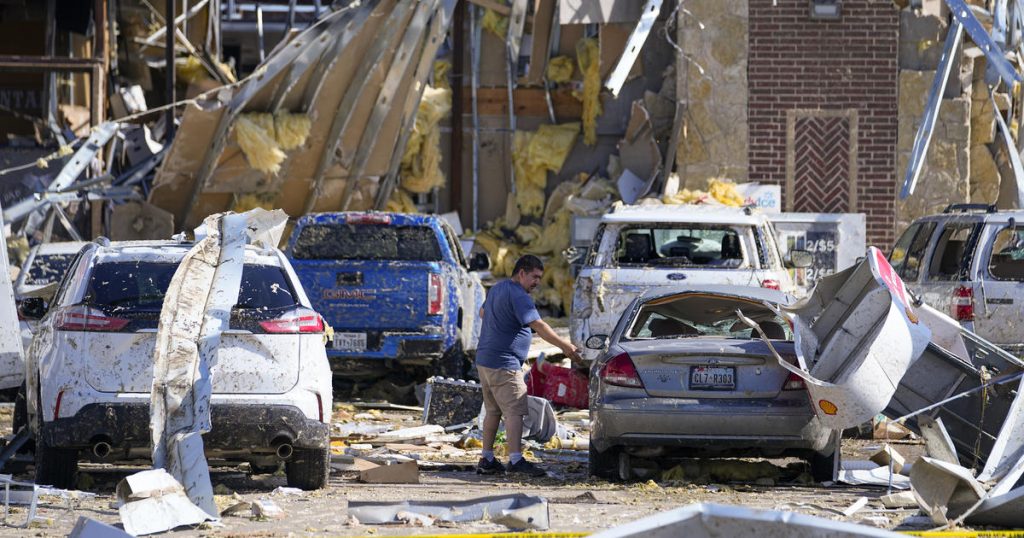Powerful storms wreaked havoc across Texas, Oklahoma, Arkansas, and Kentucky, leaving at least 19 people dead, hundreds injured, and a trail of destruction in their wake. The most severe damage was in a region spanning from north of Dallas to northwest Arkansas, with fears of more violent weather in the Midwest. The storm system was expected to bring further risks to areas from Alabama to near New York City. Kentucky Governor Andy Beshear declared a state of emergency due to wind damage and tornadoes reported in the state.
Fatalities resulting from falling trees were reported in Kentucky, with seven deaths in Cooke County, Texas, including two children and three family members found dead in one home after a tornado struck a rural area near a mobile home park. In addition to two deaths in Oklahoma and eight in Arkansas, the storms caused widespread power outages, leaving thousands without electricity in affected states. Texas Governor Greg Abbott reported about 100 injuries and over 200 homes and structures destroyed in Valley View, a severely impacted area with winds reaching up to 135 mph.
Residents in the affected areas recounted harrowing experiences, with survivors taking cover in bathrooms, ambulances, and helicopters transporting the injured to hospitals. Emergency declarations and disaster relief efforts were swiftly initiated to address the aftermath of the disaster. The destruction inflicted by the storms marked a grim period of severe weather in the country’s midsection, following a historically bad season for tornadoes exacerbated by climate change. Meteorologists issued urgent warnings and advised residents to seek shelter as the storms intensified over the weekend.
The deadly twisters have underscored the severity of extreme weather events fuelled by climate change, with residents waking up to overturned cars, collapsed structures, and widespread damage. The storms stripped roofs off homes, blew out windows, and scattered debris for miles. The community rallied together to aid those trapped or injured in the wreckage. Inaccessible roads and downed power lines further complicated rescue efforts, with officials in affected towns announcing closures due to the extent of damage. The system responsible for the severe weather was expected to move eastwards, with additional threats of severe storms forecasted for several states.
The impact of the storms extended beyond loss of life and property damage, highlighting the urgent need for disaster preparedness and climate resilience measures. The catastrophic events serve as a reminder of the increasing frequency and intensity of extreme weather events, underscoring the importance of addressing climate change to mitigate future risks. As communities come together to assist those affected by the storms, efforts to rebuild and recover will pave the way for adaptive strategies to withstand similar disasters in the future. The resilience and unity demonstrated in the face of adversity underscore the human capacity for compassion and solidarity in times of crisis.


